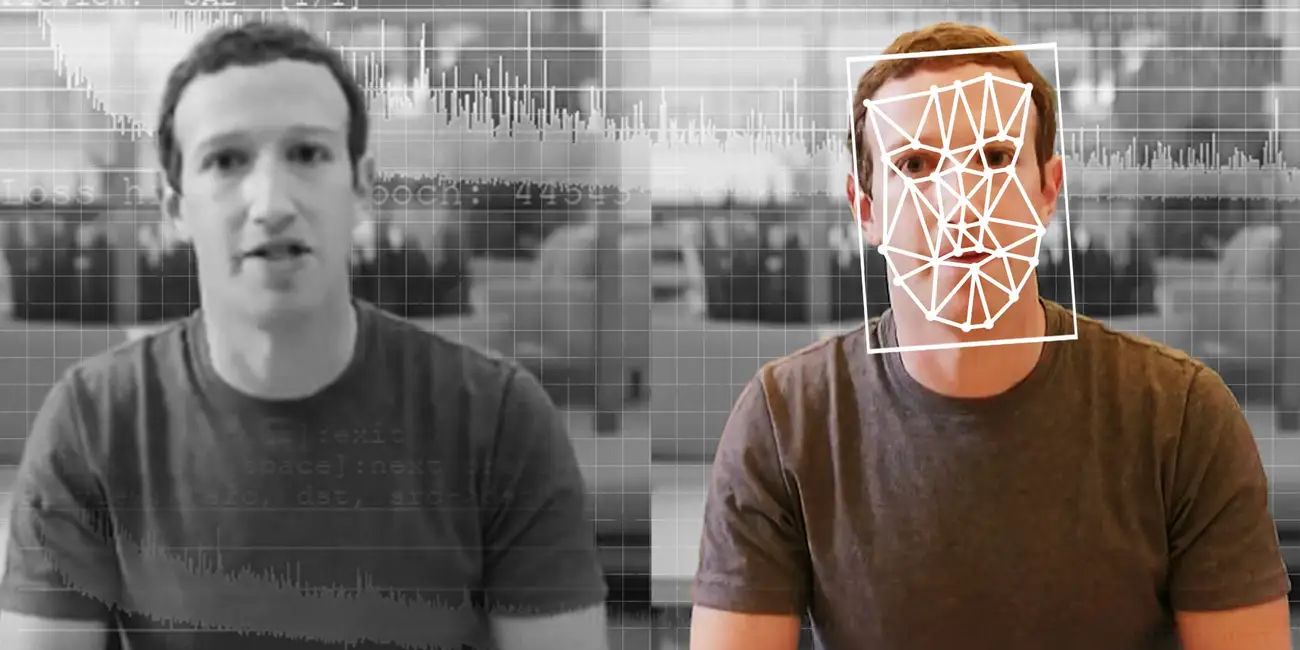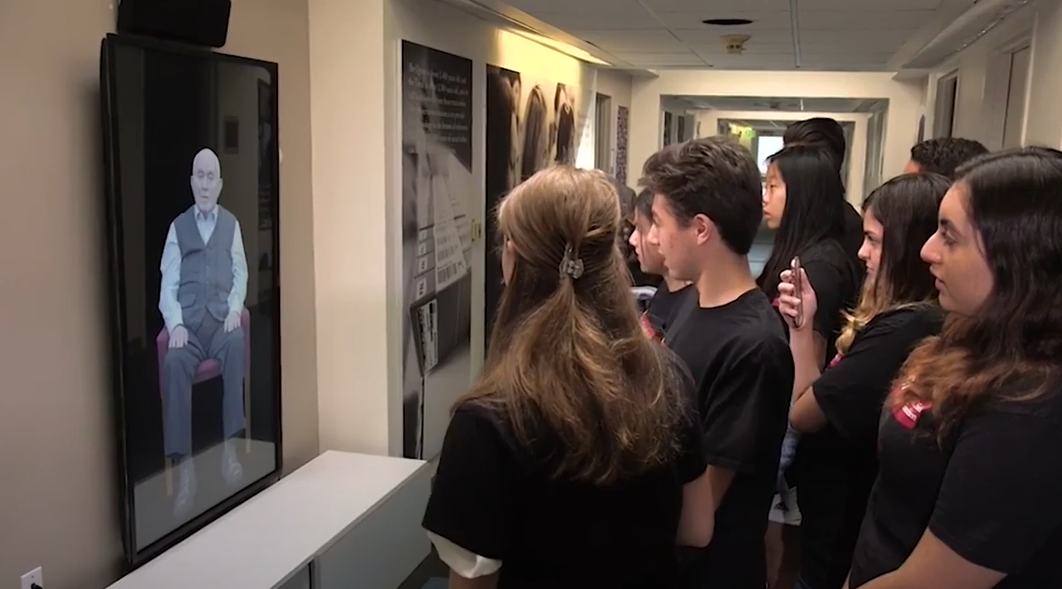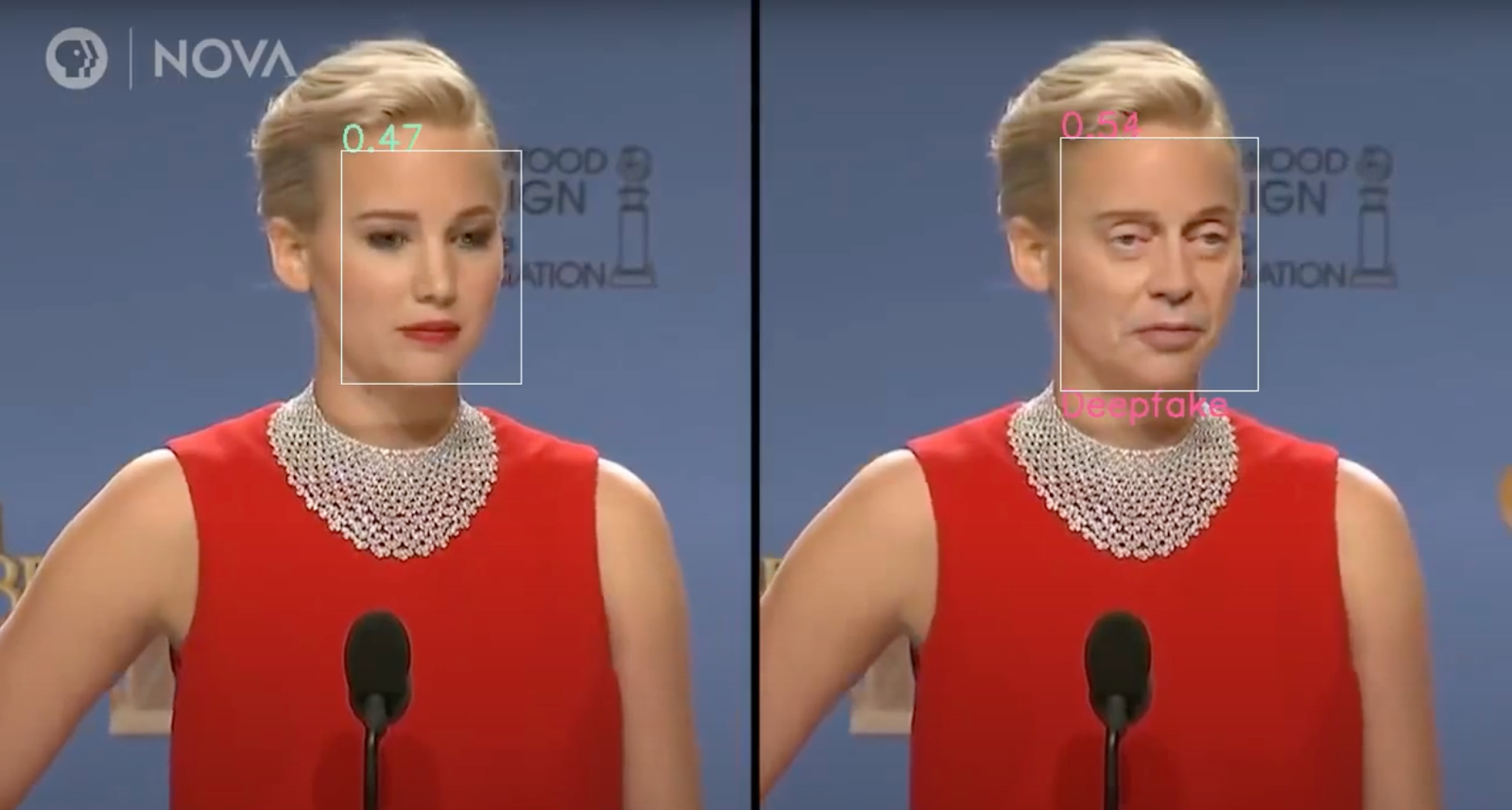TABLE OF CONTENT
What is Deepfake?
Advantages of Deepfake
Disadvantages of Deepfake
- False news can lead to fake memories
- Start losing trust by seeing
- Taking advantage to get money
Way to detect a Deepfake video
Final words
What is Deepfake?

A deepfake video comparison of Facebook CEO Mark Zuckerberg. Elyse Samuels/The Washington Post/Getty Images
Deepfake is a conglomeration of “deep learning” and “fake”, it is the product of machine learning and face swapping powered by artificial intelligence. Deepfakes use deep learning to generate videos or other digital media that replace the likeness of one person with another. The algorithms of deep learning teach themselves to solve problems with a large amount of data, and by that Deepfake makes fake media look incredibly realistic. The nature of Deepfake results in outcomes that are controversial and difficult to detect.
Although there are several ways to make Deepfake, the most popular one makes use of face-swapping autoencoders in deep neural networks with autoencoders.
You have to run thousands of face shots of the two people through the AI algorithm called an encoder. The encoder then finds and learns similarities between the two faces' input, reduces them to their shared common features, and compresses the image in the process. The second AI algorithm is called decoder then taught to recover the face from the compressed images. Because the two faces are different, the first decoder is used to recover the first face and the second decoder recovers the second face. Simply speaking, to perform a face swap, you put the first encoded image into the “wrong” decoder. For example, the decoder trained on person B is fed a compressed image of person A's face. Then, the decoder reconstructs the face of person B with the expressions and orientation of face A. This must be carried out on every frame for the video to be convincing.
Read more: What is a deepfake? Everything you need to know about the AI-powered fake media
Advantages of Deepfake
First came in 2017, Deepfake was shocked at first when it could make a fake video or even audio that look real thanks to deep learning algorithms. The applications of Deepfake are controversial and dangerous at some points, yet it is used with good intentions.
The fact that there are numerous stories about deepfakes that relate to deepfake pornography, fake news, and fraud only serves to increase negativity. However, where there is the bad, there is the good. Deepfake positive applications do exist.
Education
The use of deepfake technology in teaching has tremendous possibilities. With interactive features, it may revolutionize our history courses. It may keep tales alive and draw interest.
Hologrammatic interviews, for example, were produced in 2018 by the Illinois Holocaust Museum and Education Center. Therefore, guests may converse and engage with Holocaust survivors. They may inquire about them and hear their stories. A far greater range of this synthetic history could be possible as deepfake technology develops.

Students interacting with artificially rendered Holocaust survivors.
Another example is that CereProc resurrected the voice of JFK. By using deepfake, it was able to hear the late president give the address that he would have given had he not been assassinated. Deepfake technology might assist us in preserving the effects historical events had on actual individuals as well as the historical facts found in textbooks.
Art

We might be able to develop virtual museums with the aid of AI. People who may not be able to see the world's masterpieces in person would now have access to them. We could distribute convincing, deep-fake artwork everywhere. We can resurrect dead artists by Deepfake, for example, Salvador Dali may be found in Florida at the Salvador Dali Museum.
Perhaps the novel use of Deepfakes can make art come to life. The Mona Lisa can now move her head, eyes, and lips thanks to Samsung's AI research facility.
Innovation
Data and AI are aiding with digital transformation in many industries. As a means of interacting with customers and delivering value, Deepfake is also gaining popularity, a lot of innovations can be conducted thanks to Deepfake.
Reuters presented an AI-Generated deepfake presenter-led sports news summary system to scale up personalization. In the retail sector, Deepfakes can convert consumers into models so that they might virtually try on the most recent outfits and accessories.
Customers' bodies, faces, and even subtle mannerisms may all contribute to an engaging app. This will produce a Deepfake and let them try on the newest styles. An AI engine has been created by the Japanese company Data Grid, which also automatically creates virtual models for fashion and advertising.
Disadvantages of Deepfake

False news can lead to fake memories
The effect that deep fakes and incorrect information, in general, can have on democratic procedures and elections is one of the most prominent worries and possible hazards. According to the survey's findings, people may create false memories after seeing made-up news, particularly if such stories support their political convictions.
Start losing trust by seeing
Although nowadays we spend most of the time interacting on the Internet, we hardly know whether the information we perceive is verified and true. The risk posed by bogus information and deepfake technology is that it might make individuals skeptical of what they read or hear online. Does the possibility of everything being fake mean that nothing is real anymore? We have had photos, videos, and audio recordings, they have helped us learn about our past and impacted the way we perceive and understand the world. Despite video evidence, some individuals already contest the veracity of events like the Holocaust, the moon landing, and 9/11. The issues with misleading information and conspiracy theories may become worse if Deepfakes lead people to feel they can't trust videos.
Taking advantage of people or businesses to get money
Faces and sounds copied to media files via Deepfake manipulation reveal people making bogus claims. You could film a CEO delivering fictitious announcements. Threatening to leak the footage to news organizations or broadcast it on social media is another way an attacker may blackmail a business.
Way to detect a Deepfake video
To prohibit yourself from the misuse of Deepfake, the first method is to detect if the things you are watching or hearing are Deepfake products.
Ways to spot Deepfake:
- Look for skin or hair issues, faces are blurrier than the surroundings in which they appear. Potentially abnormally soft-looking focus.
- Is the lighting unnatural-looking? Deepfake algorithms keep the lighting of the model clips for the false video, even when it is not a good match for the lighting in the target video.
- If the video was fabricated but the original audio was not carefully modified, the audio could not seem to fit the person.
Final words
AI and machine learning are growing fast, clearly, there are many ethical questions and uncertain future applications of Deepfakes. According to a report published in Crime Science 2020, out of all the AI-powered technologies, Deepfakes will pose the greatest security risk in the next 15 years. From now on, many organizations take action to prohibit the misuse of Deepfakes from spreading out. In 2021, Facebook hosted the Deepfake Detection Challenge, an open, collaborative initiative to encourage the creation of new technologies for detecting Deepfakes and other kinds of manipulated media. The competition featured prizes ranging up to $500,000.
To sum up, if it is not Deepfakes, it is still the information outside around the world, which we can not control and filter only the good real ones. The thing is about yourself and how you accept the source of information on the internet. Be wise to perceive the news and decide whether to believe it, it’s all yours.
Do not forget to subscribe to our blog to read the latest information about technology and start-up.























